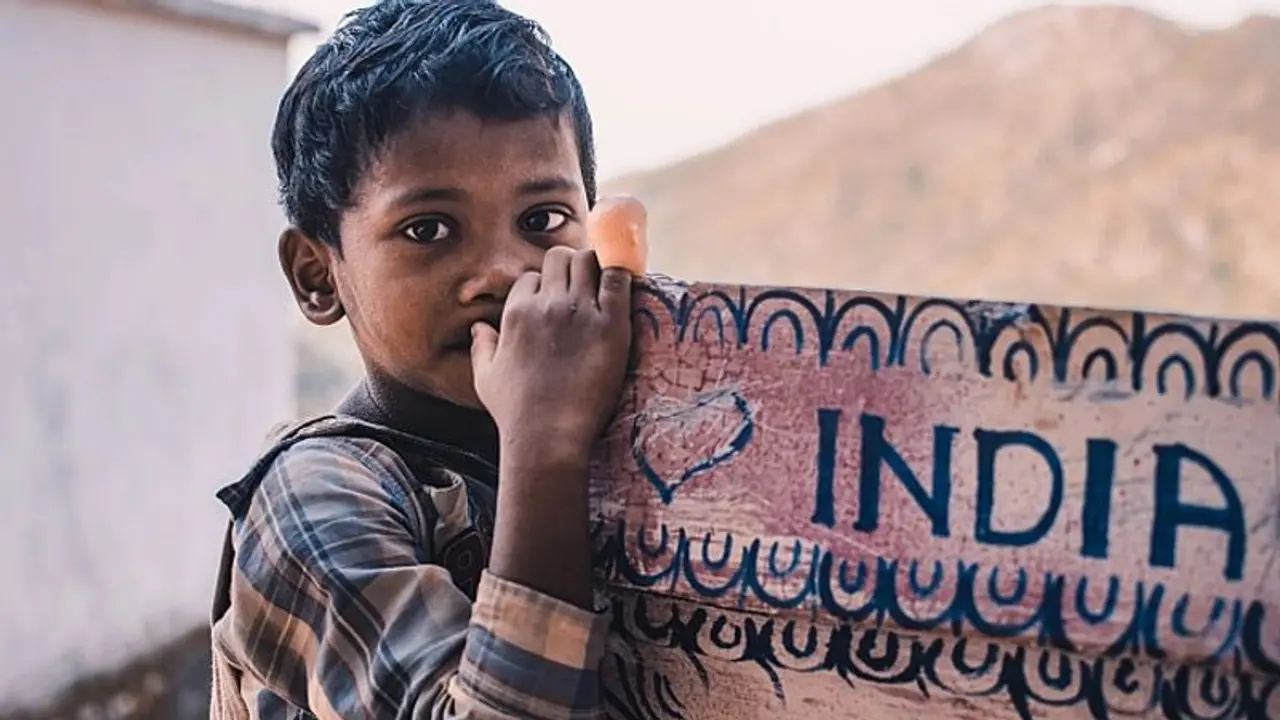The Pew Survey is one crucial step in setting the record straight and reclaiming the agency in representing and defining India and Indian culture, says Avatans Kumar.
When the US-based Pew Research Center published the findings of its Religions of India survey, it left many elite journalists, Marxist and “South-Asia” scholar-activists scratching their heads. Most Indians, including Indian-Americans, however, felt vindicated.

At the heart of such polar reactions is the disconnect between perception and reality in the presentation of India, both in media and academia. There is this false perception of India deliberately and painstakingly crafted by the Indologists, Orientalists-Colonialists, and Marxists. And then, there is the real India, that is Bharat.
In a massive undertaking spanning over several months, Pew surveyed nearly 30,000 respondents in face-to-face interviews. These interviews were conducted in 17 languages across the length and breadth of India just before the Pandemic (2020). Pew, one of the most reputable polling agencies in the world, conducts “opinion polling, demographic research, content analysis, and other data-driven social science research.”
It came as no surprise to most that the survey found India to be a deeply “religious” country, even though the Indic notion of “religion” is quite different (for example, it is not dogmatic) from the Abrahamic one. Native Hindus have preserved and nurtured their indigenous notion of Dharma for over 5,000 years despite foreign invasions, colonization, and Marxist hegemony over India’s educational institutions.
One of the key findings of the Pew survey was that Indians deeply value “religious tolerance.” The survey reported that it was essential for Indians to respect other faiths. Almost 84% (85% Hindus) of the respondents said that to be “truly Indian,” it is crucial not just to tolerate but also “respect” all religions. Remarkably, 80% of the respondents believed that respecting other religions is a “very important part of what it means to be a member of their own religious community.”
This “Religious tolerance” is a Western and liberal representation and interpretation of a more nuanced Indic notion of sambhāva. “Respect” for ‘other’ religions is ingrained in the Indic value system. It comes from the quintessential Indic belief that there are many truths but only one Reality. The Rig Veda, one of the most ancient texts of the Hindus, proclaims:
ekaṁ sad viprā bahudhā vadanti
(Truth is one, wise speak of it differently.)
Another critical finding of the Pew survey was that an overwhelming majority of Indians, almost 80% members of every faith community, reported that they felt free to practice their religion. In an overwhelmingly Hindu majority (80.5%) country of about 1.4 billion people, 89% of Muslims and Christians (each comprising 13.4% and 2.3% of the total Indian population, respectively) also said they were free to practice their religion.
However, suppose one pays attention to the commentary in the Western media, including the Left-dominated American press and religious/human rights advocates. In that case, it is hard to reconcile with the findings of the Survey. The survey results were in sharp contrast to the portrayal of India in Western media; and seminars and conferences in various centres of South Asian Studies, think tanks, etc.
SN Balagandhar (Balu), a professor of Comparative Science of Cultures at the Ghent University in Belgium, alluded to this chasm in perception and reality in his address to the 2014 Maulana Azad Memorial Lecture organized by the Indian Council of Historical Research (ICHR). While recounting his 40-year academic research journey, Balu said that he discovered very early that there were many problems in his understanding of Indian history. Most of the knowledge about India that makes it to Indian textbooks is a description of India by foreign traders, travellers, and the Christian Missionaries, he noted. He further said that the perception of India these textbooks gave based on those accounts was not the India he “lived in.” Most Indians can easily relate to this statement.
In the last 200 years or so, foreigners and Marxists have dominated the study of India, its culture, traditions, texts, religions, and more. Indology, once a foremost enterprise for the study of India, for example, was based on neo-Protestant theology and their debates over scriptures and their racial prejudices. These prejudices over time, but consciously, were applied to the study of Indian texts where one can easily trace the antecedent of “anti-Brahmanism.”
The British colonizers played an essential role in, first, creating and then institutionalizing their perception of India based on their understanding and prejudices. In British presentations, Hindus were condemned as “degenerate” and as “slaves.” The need to portray Hindus as primitive, savage, uncivilized, or vicious arose from the urgency of the colonizers to present themselves as civil and enlightened. As a result, what we ended up getting, according to Arvind Sharma, is a “situation in which a people were made more primitive than they were, or presented as more primitive than they were, or perceived as more primitive than they were, either deliberately or out of ignorance.”
On the other hand, Marxist historiography distorted and weaponized Indian history and the idea of India with its ideology of conflicts and divisions.
The Pew Survey is one crucial step in setting the record straight and reclaiming the agency in representing and defining India and Indian culture.
Avatans Kumar is a columnist, public speaker, and activist. He frequently writes on the topics of language & linguistics, culture, religion, Indic knowledge, and current affairs in several media outlets.
